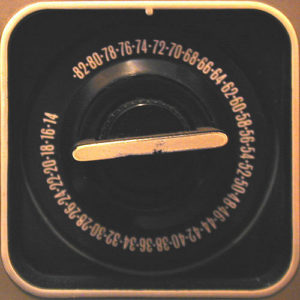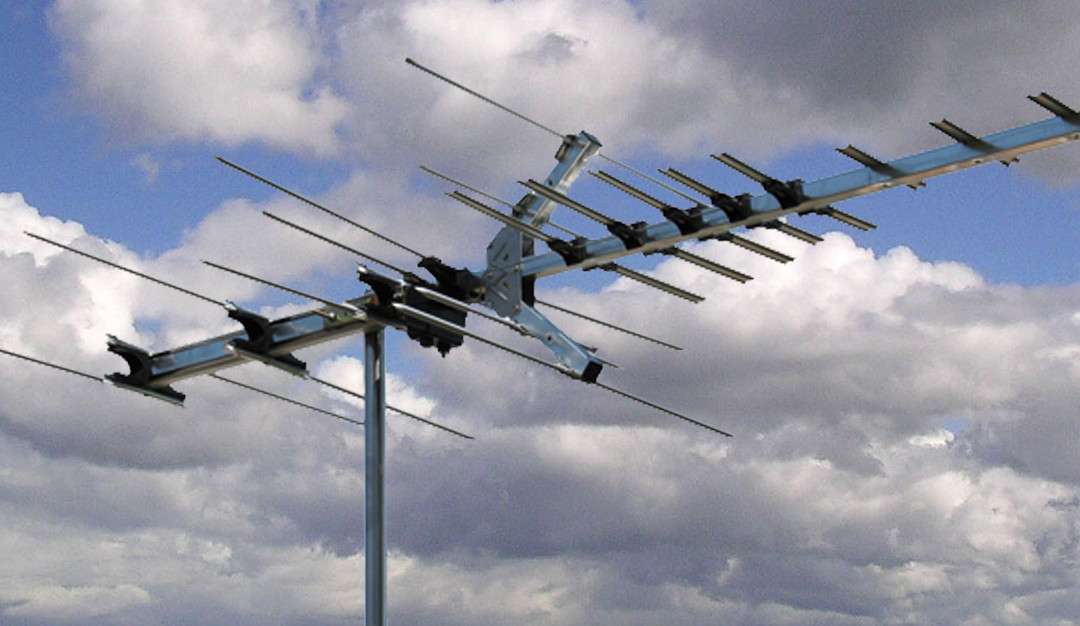2022 UPDATE: On August 31, 2022, WLUK FOX 11 completed a transmitter tower upgrade that also involved moving their broadcast signal from the VHF band to the more commonly-used UHF band. As all the Green Bay broadcasters now utilize the UHF band, a VHF/UHF antenna is no longer necessary to receive FOX 11 along with all the other channels. However, we still recommend VHF/UHF antennas to avoid any signal disruption in the event another station moves to VHF in the future.
If you are having difficulty receiving WLUK FOX 11 over the air with an antenna, it is recommended to re-scan your television for antenna channels. For more information on the WLUK signal changes or if you need assistance with re-scanning your television, visit FOX11’s website here, or contact FOX 11 by phone at 920-494-8711 and ask for the engineering department (extension 5).
If you are in need of antenna installation services, please fill out the form at the bottom of this article, or call our store at 920-733-6464.
Original article (published September 2017): This is one of the most common questions we’ve received about antennas in the past several years, especially once football season starts up again in the fall. It’s also a top search query on our website from August on through the winter. It’s been a hot topic ever since the digital television transition completed in 2009. Some people who receive over-the-air broadcasts with an antenna will get every Green Bay TV channel except for FOX 11 (WLUK-DT).
The short answer is, in most cases, your antenna may be incapable of receiving FOX 11’s signal. The long answer requires a little refresher on TV broadcasting technology.
 If you remember back to the older tube TVs you may have watched back in the 70’s and 80’s, there used to be two dials – one that spanned channels 2 through 13 (the “VHF” band) and one that contained channels 14 on up (the “UHF” band). A handful of channels used to reside in the VHF space (channels 2, 5, and 11 in our area), while the rest occupied the UHF band. Little has changed in the post-digital landscape, though the number of channels left in the UHF band has decreased, as many have been re-allocated for other uses. The transmissions may have changed to digital, but the frequencies and the way we receive them with antennas has pretty much stayed the same.
If you remember back to the older tube TVs you may have watched back in the 70’s and 80’s, there used to be two dials – one that spanned channels 2 through 13 (the “VHF” band) and one that contained channels 14 on up (the “UHF” band). A handful of channels used to reside in the VHF space (channels 2, 5, and 11 in our area), while the rest occupied the UHF band. Little has changed in the post-digital landscape, though the number of channels left in the UHF band has decreased, as many have been re-allocated for other uses. The transmissions may have changed to digital, but the frequencies and the way we receive them with antennas has pretty much stayed the same.
During the digital TV transition period, local stations operated analog and digital transmitters simultaneously, with the vast majority of new digital channels falling operating on UHF channels. For example, WFRV’s digital channel was broadcast on channel 39 at the same time that channel 5 contained their old analog signal. (Your digital TV was smart enough to make that channel appear as 5-1 instead of channel 39, to make it easier to identify. Since most digital stations were on the UHF band, many antennas sold around the digital transition — even ones marketed as “digital HD antennas” were UHF-only models. After local broadcasters shut off their analog transmitters, the majority kept transmitting digital signals on the UHF channels to which they were assigned. The lone exception was FOX 11.
Since most digital stations were on the UHF band, many antennas sold around the digital transition — even ones marketed as “digital HD antennas” were UHF-only models. After local broadcasters shut off their analog transmitters, the majority kept transmitting digital signals on the UHF channels to which they were assigned. The lone exception was FOX 11. They switched their digital transmitter back to channel 11 — a VHF channel. Soon, many local channels will be switching which channel number they broadcast on, due to the shrinking of the UHF band. (You won’t likely notice, as your TV maps the channels to the virtual numbers like 11-1 that you’re used to.) But FOX 11 will still remain in the VHF band.
So to receive FOX 11, you need an antenna that is capable of receiving both VHF and UHF signals, which is what we sell. It is possible that older antennas, or some newer, cheaper ones marketed as “HD digital antennas” at other stores, may be UHF-only. This has been the most common cause for not being able to receive FOX 11 when all other channels work.
There can also be other issues with signal reception. Contrary to popular opinion, simply attaching an antenna to a TV does not guarantee a good signal. There are a lot of factors that can affect reception, including distance from the towers, elevation, obstructing objects (trees, buildings, etc) in the path of the signal and so forth. If you are having trouble with reliable signals for more than one channel in our area, it’s worthwhile to hire a company like ours to professionally install an antenna. We have a number of seasoned experts on our staff with the tools and experience to determine what kind of antenna you need and where to install it. If you have an antenna that has stopped working, we can also diagnose the situation. It may simply need to be re-aimed. Antenna reception can be trickier than you may think, even if you live near the towers!
So if you are in need of a professionally-installed antenna, give us a call at 920-733-6464 (or fill out the form below). Don’t hesitate — appointments fill up quite fast during football season, and winter weather limits the types of installations we can achieve. We would be happy to help you enjoy football all season long with a solid, reliable TV signal.
Get An Antenna Installation Estimate


